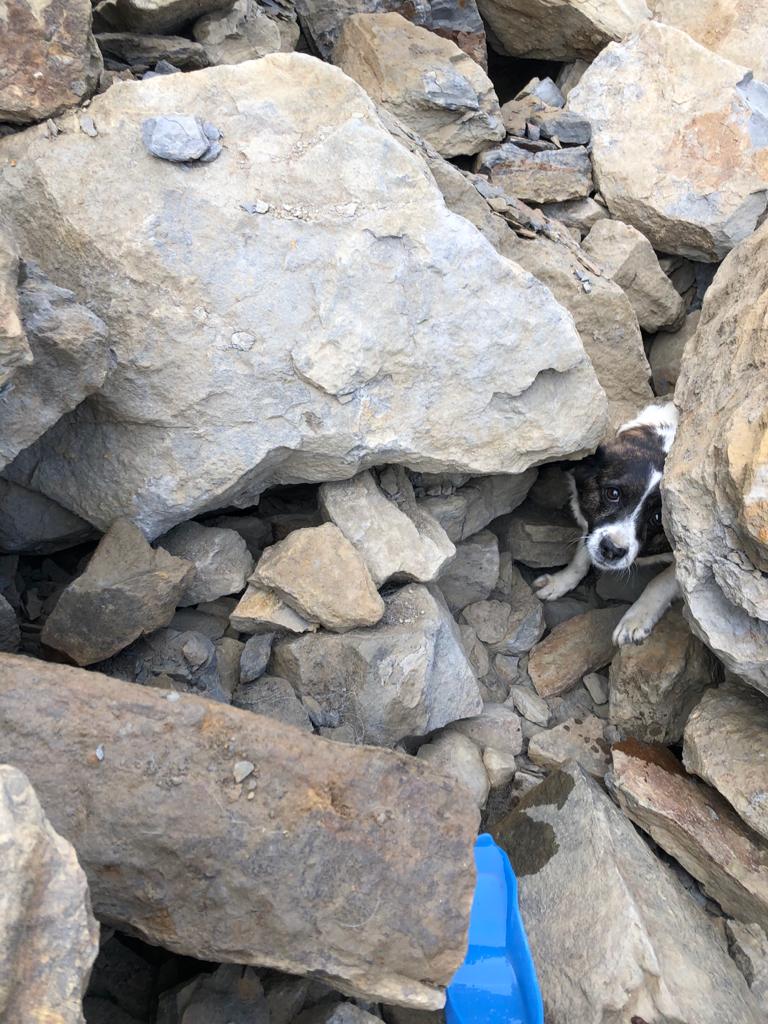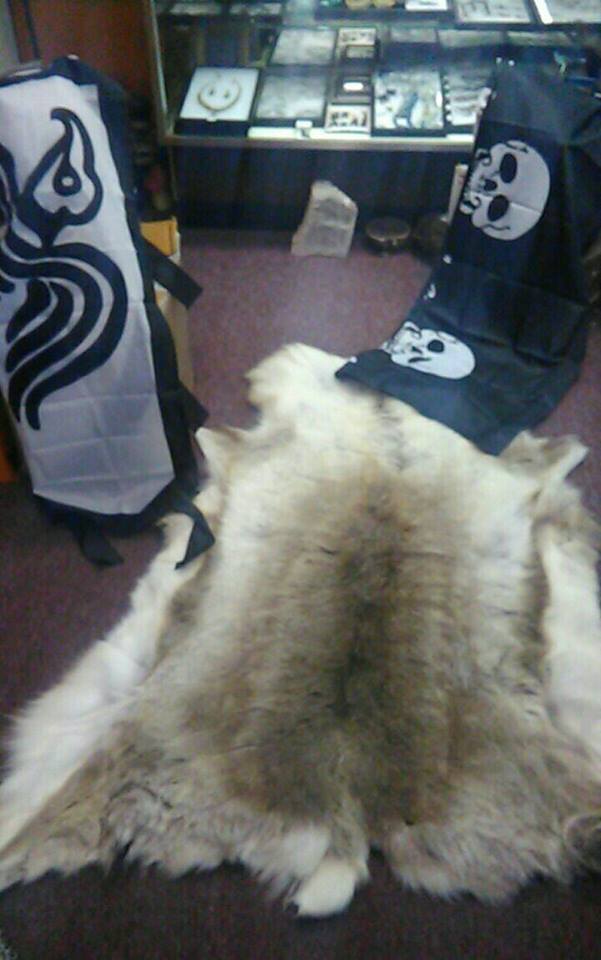
They dig dens to hibernate in during the cold winter months. Each spring, the males grow a new set of antlers.īoth black and brown bears can thrive in deciduous forests. The color and thickness of their coat changes depending on the season. The white-tailed deer is a common deer species often found in temperate deciduous forests. While they sometimes find a den to hide in, they typically curl up and sleep in the open. Their fur grows longer in the winter to help them stay warm. Red foxes are a common fox species that can live in temperate deciduous forests. All owls are nocturnal, and some migrate south in the winter.

Many species of owls live in temperate deciduous forests. To survive cold winters, their fur grows longer to keep them warm. They do not migrate in the winter.īadgers can be found in temperate deciduous forests in Asia, in addition to other habitats such as deserts and mountain areas in parts of Asia and Africa.

Only the males have the iconic bright red colored feathers. In very cold climates, they will migrate south for the winter.Ĭardinals are song birds that primarily eat seeds. The bald eagle is the second largest bird of prey, and is only found in North America. They live in streams and rivers in the temperate deciduous forests and tropical rainforests of Australia. The duckbill platypus is a semi-aquatic mammal. They also spend most of their time in the winter in dens lined with grass and leaves. While opossums are typically nocturnal, in the winter they may forage during the day when it is warmer. While they are inactive in the winter, they do not hibernate. They feed on birds, rabbits, and rodents that share the same habitat. Snakes such as the common garter snake, timber rattlesnake, black rat snake and the northern copperhead live in temperate deciduous forests. While all hedgehogs can hibernate, only those that live in colder climates need to. Hedgehogs are primarily nocturnal, taking shelter from predators under bushes, rocks, and in dens. As an herbivore, they prefer green vegetation and can thrive in the clearings and edges of deciduous forests. The eastern cottontail rabbit is one of the most common rabbit species in North America. The color and thickness of their coat also changes throughout the year, depending on the season. While they do not hibernate, they do spend a lot of time in their den during colder months. These squirrels store food such as acorns for the winter. The European red squirrel is common in deciduous forests in Europe, and the gray squirrel is common in deciduous forests in eastern parts of North America.

They hibernate in the winter, either deep under water or in a burrow. Turtle species such as wood turtles and box turtles, snapping turtles, and musk turtles live in temperate deciduous forests. Here art project ideas for animals living in temperate deciduous forests using recycled materials: 1. Using recycled and waste materials such as newspaper, egg cartons, toilet paper rolls, plastic bottles, and CD’s can make these projects more eco-friendly. Incorporating art projects into a lesson plan about temperate deciduous forests is a great way to make learning fun.

Small pockets can also be found in Australasia and southern South America. These forests can be found in eastern United States and Canada, western Europe, China, Japan, and parts of Russia. Animals may store food for the winter, hibernate, or migrate in order to survive. To survive the cold winters, most of the trees in these forests lose their leaves in the fall and go dormant in the winter. In temperate deciduous forests, animals have had to evolve to adjust to the changing seasons. Animals have adapted to many different climates all around the world.


 0 kommentar(er)
0 kommentar(er)
